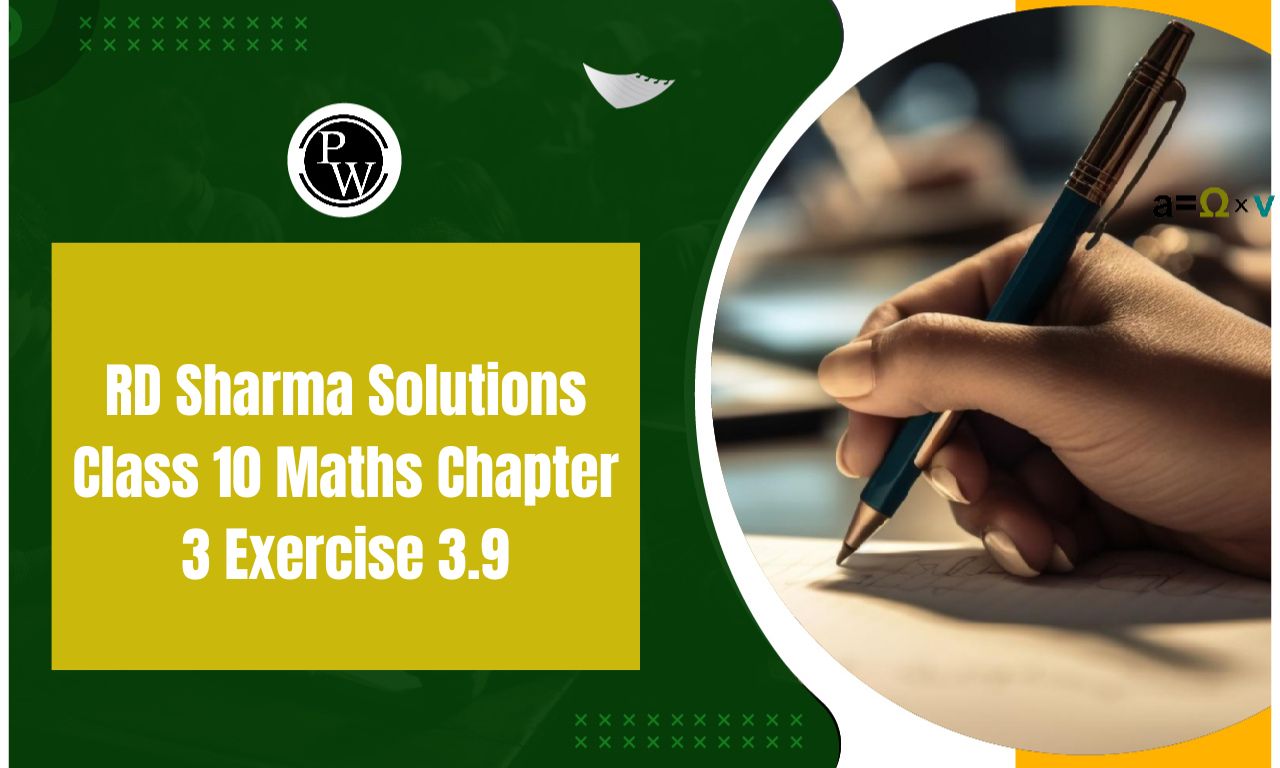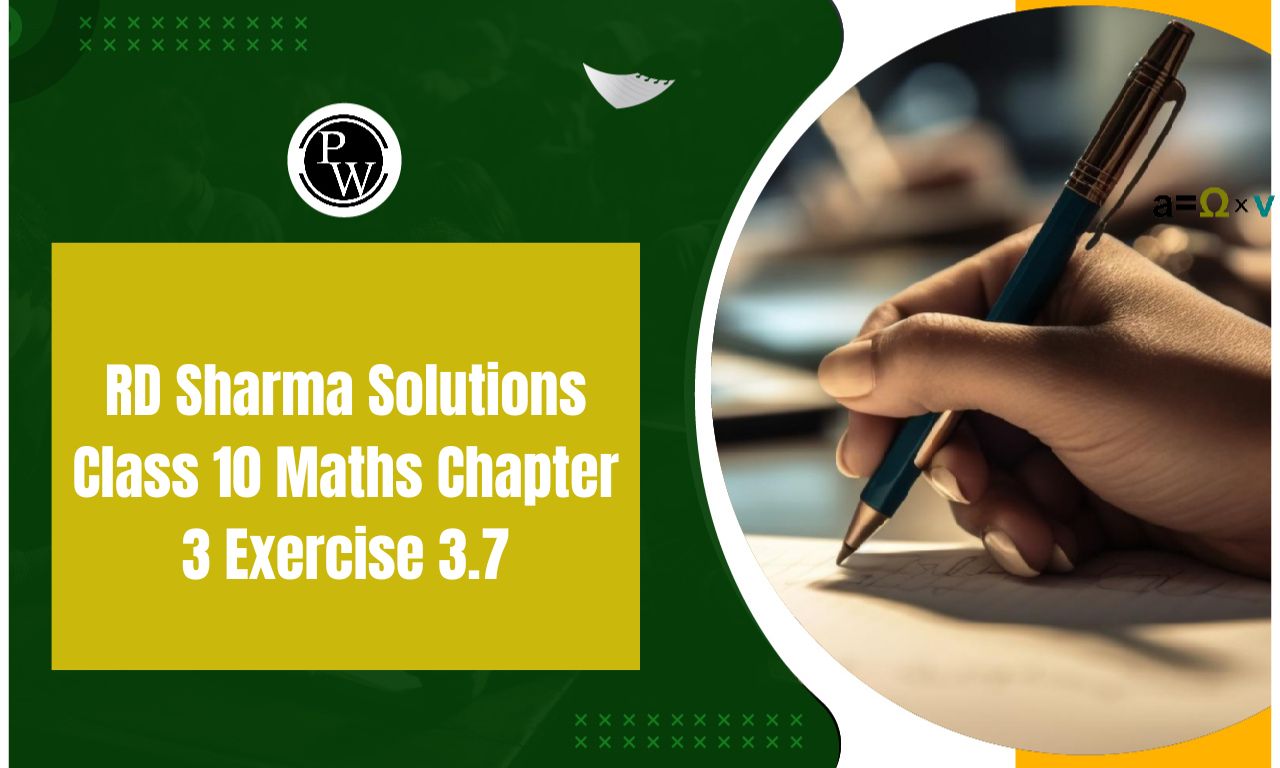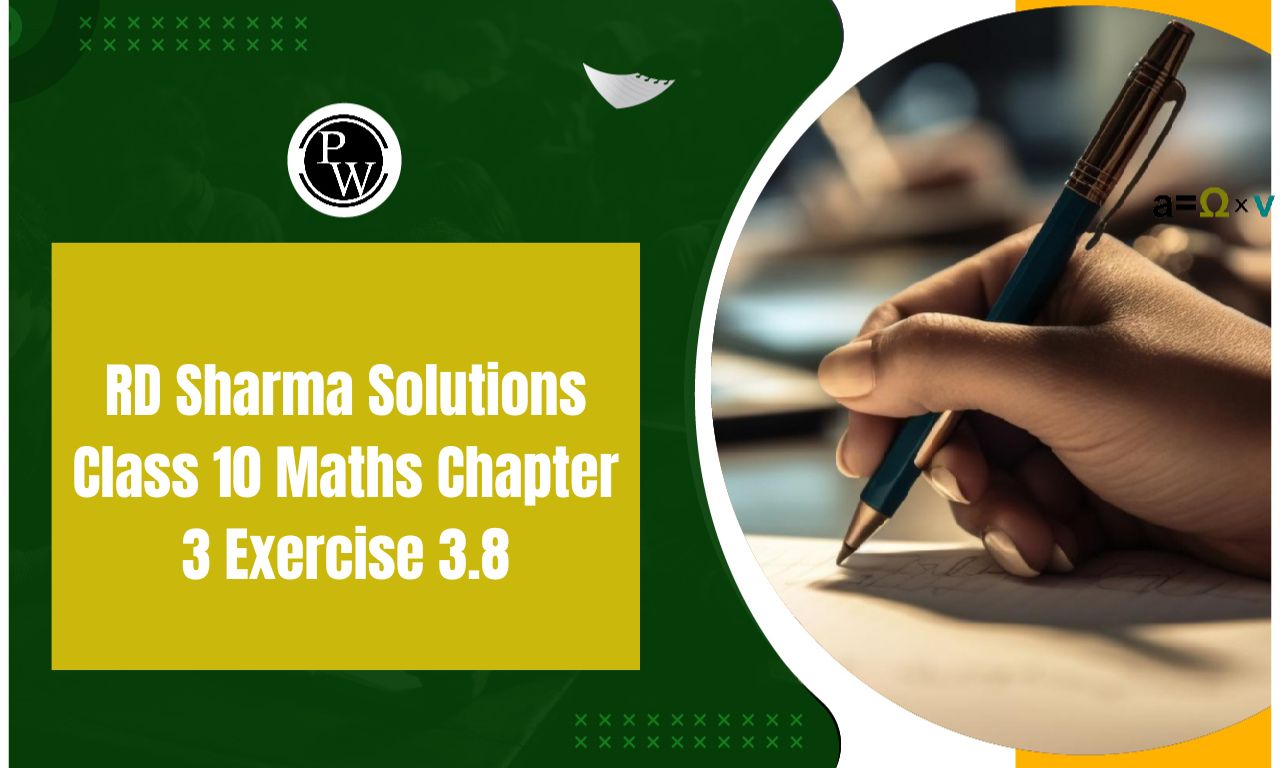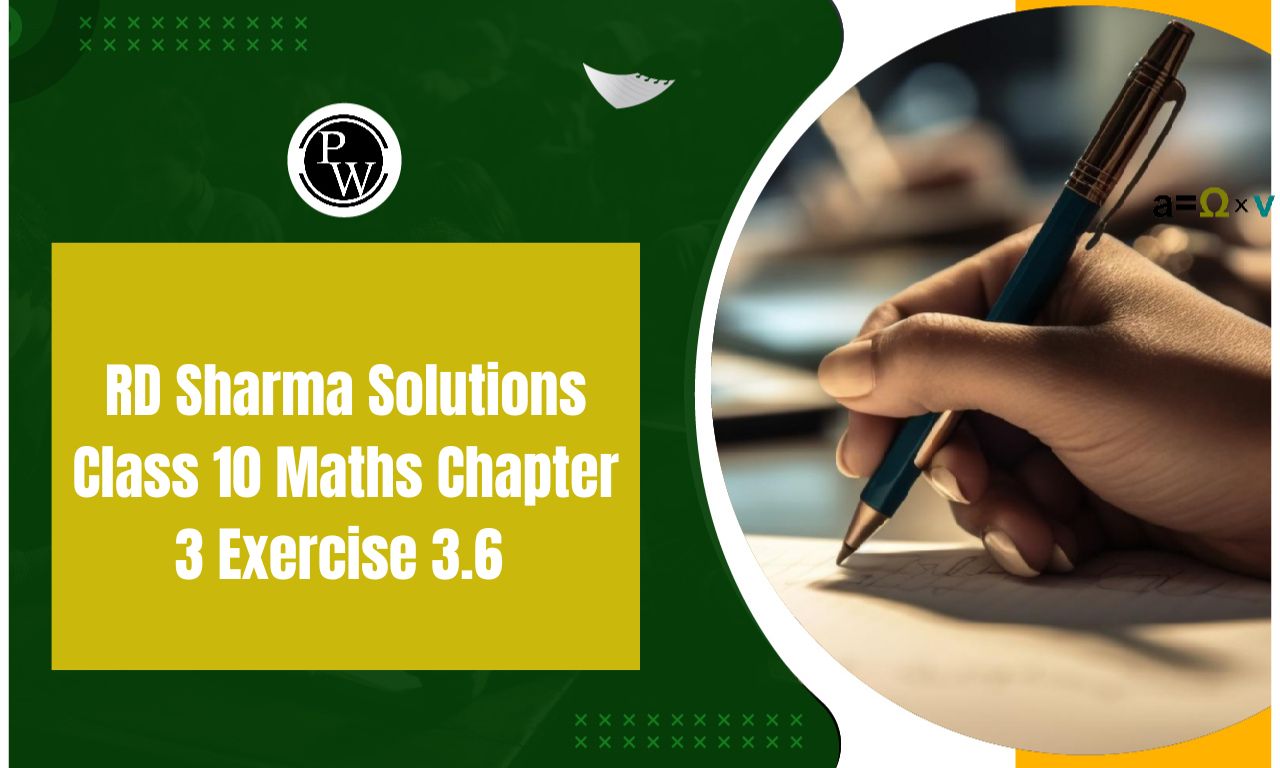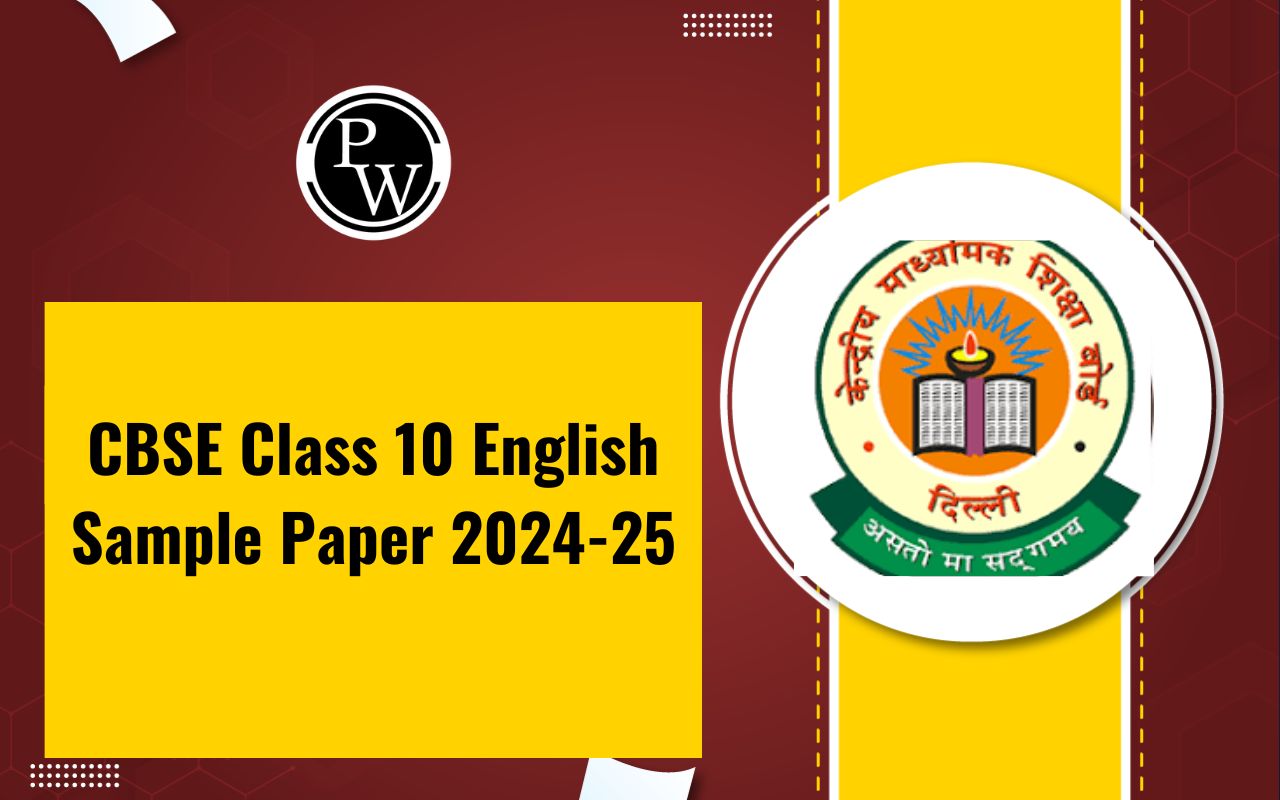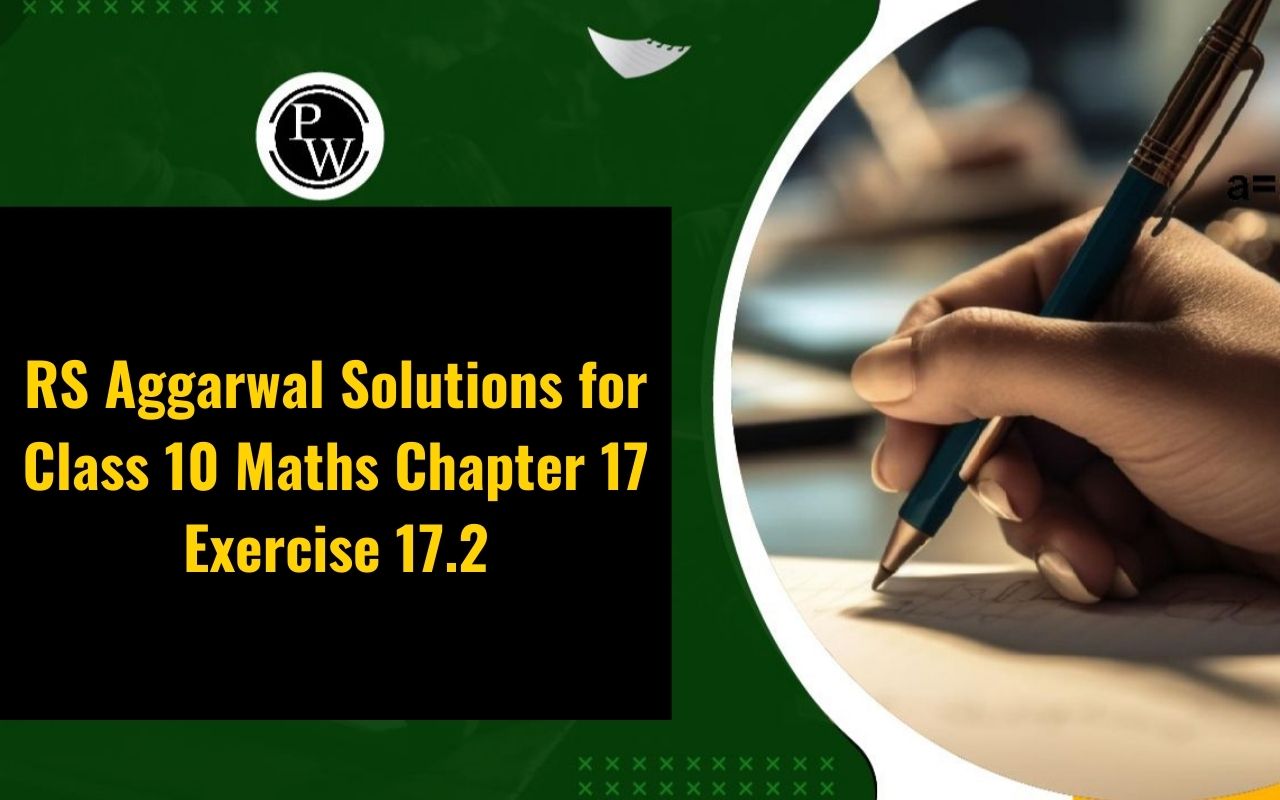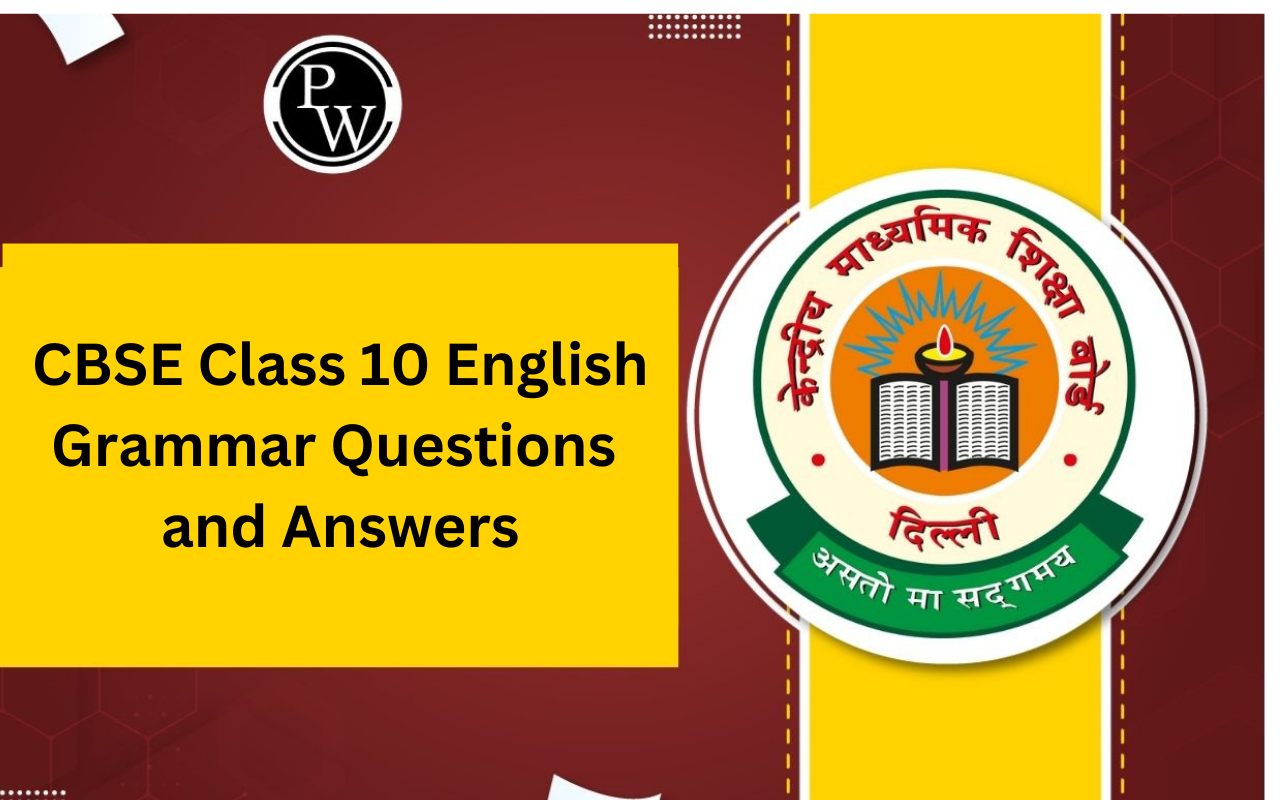
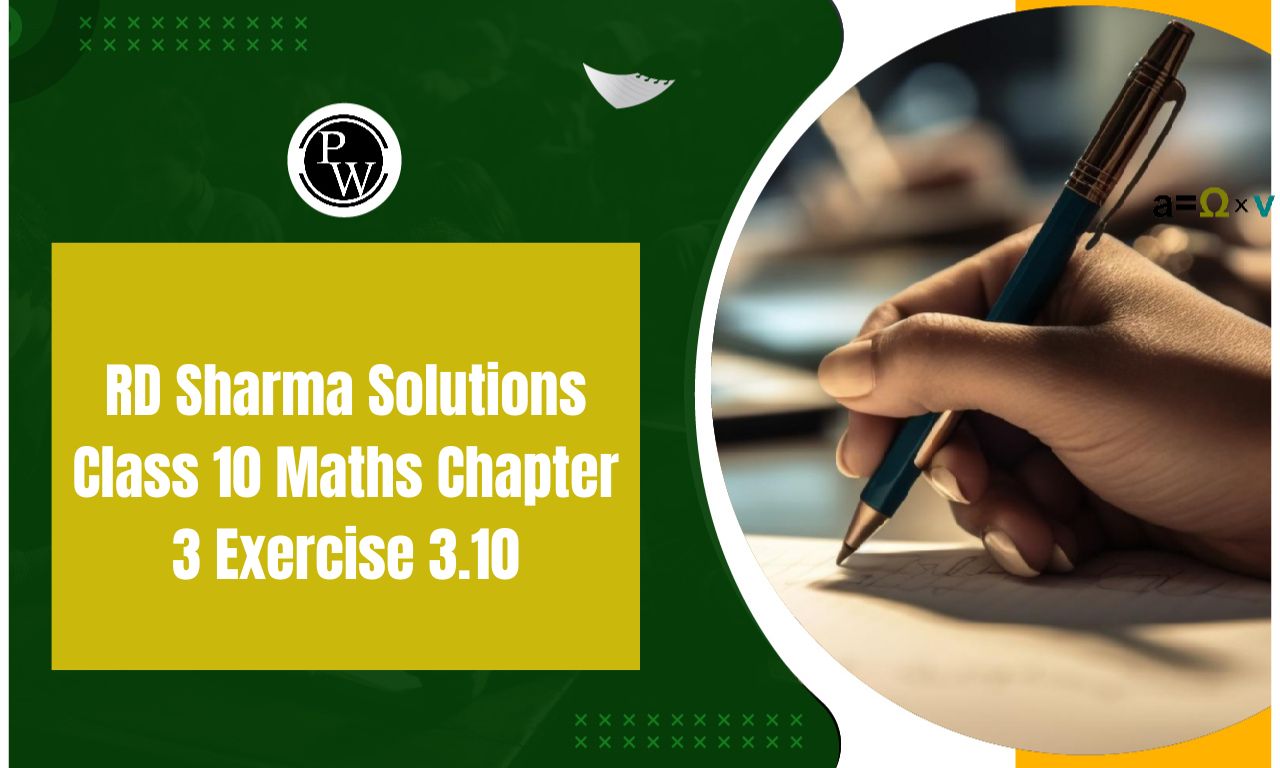
RD Sharma Solutions Class 10 Maths Chapter 3 Exercise 3.10: In RD Sharma Class 10 Maths Chapter 3, Exercise 3.10 focuses on solving pairs of linear equations in two variables. This exercise helps students understand how to find the point of intersection of two lines represented by linear equations, indicating their common solution.
The chapter explores various methods to solve these pairs, including substitution, elimination, and cross-multiplication. Exercise 3.10 emphasizes applying these techniques to solve real-world problems modeled by linear equations, enhancing analytical skills. By practicing these problems, students build a foundation in solving equations graphically and algebraically, essential for more advanced mathematics.RD Sharma Solutions Class 10 Maths Chapter 3 Exercise 3.10 Overview
Chapter 3, Exercise 3.10 of RD Sharma's Class 10 Maths book focuses on solving pairs of linear equations in two variables, a fundamental concept in algebra. This exercise helps students understand how to find the point of intersection of two lines represented by these equations, which is crucial in various real-life situations, such as determining costs, speeds, or dimensions. The chapter covers methods like substitution, elimination, and cross-multiplication to solve equations systematically. Mastering these techniques enhances problem-solving skills and is essential for higher studies in mathematics, physics, and engineering fields.RD Sharma Solutions Class 10 Maths Chapter 3 Ex 3.10 PDF
Below, we have provided a PDF of RD Sharma Solutions for Class 10 Maths, Chapter 3, Exercise 3.10 on "Pair of Linear Equations in Two Variables." This exercise covers methods for solving linear equations, helping students build a strong foundation in solving algebraic equations. The PDF offers step-by-step solutions, making it easy for students to understand and practice for better exam preparation.RD Sharma Solutions Class 10 Maths Chapter 3 Exercise 3.10 PDF
RD Sharma Solutions Class 10 Maths Chapter 3 Exercise 3.10 Pair of Linear Equations in Two Variables
Below is the RD Sharma Solutions Class 10 Maths Chapter 3 Exercise 3.10 Pair of Linear Equations in Two Variables -1. Points A and B are 70km. apart on a highway. A car starts from A and another car starts from B simultaneously. If they travel in the same direction, they meet in 7hrs, but if they travel towards each other, they meet in one hour. Find the speed of two cars.
Solution:
Let’s consider the car starting from point A as X and its speed as x km/hr. And the car starting from point B as Y and its speed as y km/hr. It’s seen that there are two cases in the question: # Case 1: Car X and Y are moving in the same direction # Case 2: Car X and Y are moving in the opposite direction Let’s assume that the meeting point in case 1 as P and in case 2 as Q.Now, solving for case 1:
The distance travelled by car X = AP And, the distance travelled by car Y = BP As the time taken for both the cars to meet is 7 hours, The distance travelled by car X in 7 hours = 7x km [∵ distance = speed x time] ⇒ AP = 7x Similarly, The distance travelled by car Y in 7 hours = 7y km ⇒ BP = 7Y As the cars are moving in the same direction (i.e. away from each other), we can write AP – BP = AB So, 7x – 7y = 70 x – y = 10 ………………………. (i) [after taking 7 common out]Now, solving for case 2:
In this case, as it’s clearly seen, The distance travelled by car X = AQ And, The distance travelled by car Y = BQ As the time taken for both the cars to meet is 1 hour, The distance travelled by car x in 1 hour = 1x km ⇒ AQ = 1x Similarly, The distance travelled by car y in 1 hour = 1y km ⇒ BQ = 1y Now, since the cars are moving in the opposite direction (i.e. towards each other), we can write AQ + BQ = AB ⇒ x + y = 70 …………… (ii) Hence, by solving (i) and (ii) we get the required solution From (i), we have x = 10 + y……. (iii) Substituting this value of x in (ii). ⇒ (10 + y) + y = 70 ⇒ y = 30 Now, using y = 30 in (iii), we get ⇒ x = 40 Therefore, – Speed of car X = 40km/hr. – Speed of car Y = 30 km/hr.2. A sailor goes 8 km downstream in 40 minutes and returns in 1 hour. Determine the speed of the sailor in still water and the speed of the current.
Solution:
Let’s assume, The speed of the sailor in still water as x km/hr And, The speed of the current as y km/hr We know that, Speed of the sailor in upstream = (x – y) km/hr Speed of the sailor in downstream = (x + y) km/hr So, time taken to cover 8 km upstream = 8/ (x – y) hr [∵ time = distance/ speed] And, time taken to cover 8 km downstream = 8/ (x + y hr [∵ time = distance/ speed] It’s given that time taken to cover 8 km downstream in 40 minutes or, 40/ 60 hour or 2/3 hr. 8/ (x + y) = 2/3 8 × 3 = 2(x + y) 24 = 2x + 2y x + y = 12 …………………… (i) [After taking 2 common out and rearranging] Similarly, the time taken to cover 8 km upstream in 1hour can be written as, 8/ (x – y) = 1 8 = 1(x – y) ⇒ x – y = 8 …………….. (ii) Hence, by solving (i) and (ii) we get the required solution On adding (i) and (ii) we get, 2x = 20 ⇒ x = 10 Now, putting the value of x in (i), we find y 10 + y = 12 ⇒ y = 2 Therefore, the speed of the sailor is 10km/hr and the speed of the current is 2km/hr.
3. The boat goes 30km upstream and 44km downstream in 10 hours. In 13 hours, it can go 40km upstream and 55km downstream. Determine the speed of stream and that of the boat in still water.
Solution:
Let’s assume, The speed of the boat in still water as x km/hr And, The speed of the stream as y km/hr We know that, Speed of the boat in upstream = (x – y) km/hr Speed of the boat in downstream = (x + y) km/hr So, Time taken to cover 30 km upstream = 30/ (x − y) hr [∵ time = distance/ speed] Time taken to cover 44 km downstream =44/ (x + y) hr [∵ time = distance/ speed] It’s given that the total time of journey is 10 hours. So, this can be expressed as 30/ (x – y) + 44/ (x + y) = 10 …….. (i) Similarly, Time taken to cover 40 km upstream = 40/ (x – y) hr [∵ time = distance/ speed] Time taken to cover 55 km downstream = 55/ (x + y) hr [∵ time = distance/ speed] And for this case, the total time of the journey is given as 13 hours. Hence, we can write 40/ (x – y) + 55/ (x + y) = 13 ……. (ii) Hence, by solving (i) and (ii) we get the required solution Taking 1/ (x – y) = u and 1/ (x + y) = v in equations (i) and (ii) we have 30u + 44v = 10 40u + 55v = 10 Which may be re-written as, 30u + 44v – 10 = 0 ……. (iii) 40u + 55v – 13 = 0……… (iv) Solving these equations by cross multiplication, we get, Now, 1/ (x – y) = 2/10 ⇒ 1 x 10 = 2(x – y) ⇒ 10 = 2x – 2y ⇒ x – y = 5 ……. (v) And, 1/ (x + y) = 1/11 ⇒ x + y = 11 ……. (vi) Again, solving (v) and (vi) Adding (v) and (vi), we get 2x = 16 ⇒ x = 8 Using x in (v), we find y 8 – y = 5 ⇒ y = 3 Therefore, the speed of the boat in still water is 8 km/hr and the speed of the stream is 3 km/hr.
Now, 1/ (x – y) = 2/10 ⇒ 1 x 10 = 2(x – y) ⇒ 10 = 2x – 2y ⇒ x – y = 5 ……. (v) And, 1/ (x + y) = 1/11 ⇒ x + y = 11 ……. (vi) Again, solving (v) and (vi) Adding (v) and (vi), we get 2x = 16 ⇒ x = 8 Using x in (v), we find y 8 – y = 5 ⇒ y = 3 Therefore, the speed of the boat in still water is 8 km/hr and the speed of the stream is 3 km/hr.
4. A boat goes 24km upstream and 28km downstream in 6hrs. It goes 30km upstream and 21km downstream in 6.5 hours. Find the speed of the boat in still water and also speed of the stream.
Solution:
Let’s assume, The speed of the boat in still water as x km/hr And, The speed of the stream as y km/hr We know that, Speed of the boat in upstream = (x – y) km/hr Speed of the boat in downstream = (x + y) km/hr So, time taken to cover 28 km downstream = 28/ (x+y) hr [∵ time = distance/ speed] Time taken to cover 24 km upstream =24/ (x – y) hr [∵ time = distance/ speed] It’s given that the total time of journey is 6 hours. So, this can be expressed as 24/ (x – y) + 28/ (x + y) = 6…… (i) Similarly, Time taken to cover 30 km upstream = 30/ (x − y) [∵ time = distance/ speed] Time taken to cover 21km downstream =21/ (x + y) [∵ time = distance/ speed] And for this case the total time of the journey is given as 6.5 i.e 13/2 hours. Hence, we can write 30/ (x – y) + 21/ (x + y) = 13/2 ….. (ii) Hence, by solving (i) and (ii) we get the required solution Taking 1/ (x – y) = u and 1/ (x + y) = v in equations (i) and (ii) we have (after rearranging) 24u + 28v – 6 = 0 …… (iii) 30u + 21v – 13/2 = 0 ……. (iv) Solving these equations by cross multiplication, we get,
 u = 1/6 and v = 1/14 Now, u = 1/ (x − y) = 1/ 6 x – y = 6 …. (v) v = 1/ (x + y) = 1/ 14 x + y = 14……. (vi) On Solving (v) and (vi) Adding (v) and (vi), we get 2x = 20 ⇒ x = 10 Using x = 10 in (v), we find y 10 + y = 14 ⇒ y = 4 Therefore, Speed of the stream = 4km/hr. Speed of boat = 10km/hr.
u = 1/6 and v = 1/14 Now, u = 1/ (x − y) = 1/ 6 x – y = 6 …. (v) v = 1/ (x + y) = 1/ 14 x + y = 14……. (vi) On Solving (v) and (vi) Adding (v) and (vi), we get 2x = 20 ⇒ x = 10 Using x = 10 in (v), we find y 10 + y = 14 ⇒ y = 4 Therefore, Speed of the stream = 4km/hr. Speed of boat = 10km/hr.
| CBSE Class 10 English Sample Paper 2024-25 | CBSE Class 10 Maths Sample Paper 2024-25 |
| CBSE Class 10 Social Science Sample Paper 2024-25 | CBSE Class 10 Science Sample Paper 2024-25 |
5. A man walks a certain distance with a certain speed. If he walks 1/2 km an hour faster, he takes 1 hour less. But, if he walks 1km an hour slower, he takes 3 more hours. Find the distance covered by the man and his original rate of walking.
Solution:
Let the actual speed of the man be x km/hr and y be the actual time taken by him in hours. So, we know that Distance covered = speed × distance ⇒ Distance = x × y = xy …………………………. (i) First condition from the question says that, If the speed of the man increases by 1/2 km/hr, the journey time will reduce by 1 hour. Showing this using variables, we have ⇒ When speed is (x + 1/2) km/hr, time of journey = y – 1 hours Now, Distance covered = (x + 1/2) x (y – 1) km Since the distance is the same, i.e. xy we can equate it, [from (i)] xy = (x + 1/2) x (y – 1) And we finally get, -2x + y – 1 = 0 ………………….. (ii) From the second condition of the question, we have If the speed reduces by 1 km/hr, then the time of journey increases by 3 hours. ⇒ When speed is (x-1) km/hr, time of journey is (y+3) hours Since, the distance covered = xy [from (i)] xy = (x-1)(y+3) ⇒ xy = xy – 1y + 3x – 3 ⇒ xy = xy + 3x – 1y – 3 ⇒ 3x – y – 3 = 0 ……………… (iii) From (ii) and (iii), the value of x can be calculated by (ii) + (iii) ⇒ x – 4 = 0 x = 4 Now, y can be obtained by using x = 4 in (ii) -2(4) + y – 1 = 0 ⇒ y = 1 + 8 = 9 Hence, putting the value of x and y in equation (i), we find the distance Distance covered = xy = 4 × 9 = 36 km Thus, the distance is 36 km and the speed of walking is 4 km/hr.6. A person rowing at the rate of 5km/h in still water, takes thrice as much as time in going 40 km upstream as in going 40km downstream. Find the speed of the stream.
Solution:
Let’s assume x to be the speed of the stream. So, we know that Speed of boat in downstream = (5 + x) and, Speed of boat in upstream = (5 – x) It is given that, The distance in one way is 40km. And, Time taken during upstream = 3 × time taken during the downstream Expressing it by equations, we have 40/ (5 – x) = 3 x 40/ (5 + x) [∵ time = distance/ speed] By cross multiplication, we get (5+x) = 3(5-x) ⇒ 5 + x = 3(5 – x) ⇒ x + 3x = 15 – 5 ⇒ x = 10/4 = 2.5 Therefore, the speed of the stream is 2.5 km/hr.7. Ramesh travels 760km to his home partly by train and partly by car. He takes 8 hours if he travels 160km by train and the rest by car. He takes 12 minutes more if he travels 240km by train and the rest by car. Find the speed of the train and car respectively.
Solution:
Let’s assume, The speed of the train be x km/hr The speed of the car = y km/hr From the question, it’s understood that there are two parts # Part 1: When Ramesh travels 160 Km by train and the rest by car. # Part 2: When Ramesh travels 240Km by train and the rest by car. Part 1, Time taken by Ramesh to travel 160 km by train = 160/x hrs [∵ time = distance/ speed] Time taken by Ramesh to travel the remaining (760 – 160) km i.e., 600 km by car =600/y hrs So, the total time taken by Ramesh to cover 760Km = 160/x hrs + 600/y hrs It’s given that, Total time taken for this journey = 8 hours So, by equations its 160/x + 600/y = 8 20/x + 75/y = 1 [on dividing previous equation by 8] …………………… (i) Part 2, Time taken by Ramesh to travel 240 km by train = 240/x hrs Time taken by Ramesh to travel (760 – 240) = 520km by car = 520/y hrs For this journey, it’s given that Ramesh will take a total of is 8 hours and 12 minutes to finish. 240/x + 520/y = 8hrs 12mins = 8 + (12/60) = 41/5 hr 240/x + 520/y = 41/5 6/x + 13/y = 41/200 ………. (ii) Solving (i) and (ii), we get the required solution Let’s take 1/x = u and 1/y = v, So, (i) and (ii) becomes, 20u + 75v = 1 ……….. (iii) 6u + 13v = 41/200 ……. (iv) On multiplying (iii) by 3 and (iv) by 10, 60u + 225v = 3 60u + 130v = 41/20 Subtracting the above two equations, we get (225 – 130)v = 3 – 41/20 95v = 19/ 20 ⇒ v = 19/ (20 x 95) = 1/100 ⇒ y = 1/v = 100 Using v = 1/100 in (iii) to find v, 20u + 75(1/100) = 1 20u = 1 – 75/100 ⇒ 20u = 25/100 = 1/4 ⇒ u = 1/80 ⇒ x = 1/u = 80 So, the speed of the train is 80km/hr and the speed of car is100km/hr.8) A man travels 600 km partly by train and partly by car. If he covers 400km by train and the rest by car, it takes him 6 hours and 30 minutes. But, if he travels 200km by train and the rest by car, he takes half an hour longer. Find the speed of the train and the speed of the car.
Solution:
Let’s assume, The speed of the train be x km/hr The speed of the car = y km/hr From the question, it’s understood that there are two parts # Part 1: When the man travels 400 km by train and the rest by car. # Part 2: When Ramesh travels 200 km by train and the rest by car. Part 1, Time taken by the man to travel 400 km by train = 400/x hrs [∵ time = distance/ speed] Time taken by the man to travel (600 – 400) = 200 km by car = 200/y hrs Time taken by a man to cover 600 km = 400/x hrs + 200/y hrs Total time taken for this journey = 6 hours + 30 mins = 6 + 1/2 = 13/2 So, by equations its 400/x + 200/y = 13/2 400/x + 200/y = 13/2 400/x + 200/y = 13/2 200 (2/x + 1/y) = 13/2 2/x + 1/y = 13/400 .…(i) Part 2, Time taken by the man to travel 200 km by train = 200/x hrs. [∵ time = distance/ speed] Time taken by the man to travel (600 – 200) = 400km by car = 200/y hrs For the part, the total time of the journey is given as 6hours 30 mins + 30 mins that is 7hrs, 200/x + 400/y = 7 200 (1/x + 2/y) = 7 1/x + 2/y = 7/200 …..(ii) Taking 1/x = u, and 1/y = v, So, the equations (i) and (ii) becomes, 2u + v = 13/400 ….. (iii) u + 2v = 7/200 ……. (iv) Solving (iii) and (iv), by (iv) x 2 – (iii) ⇒ 3v = 14/200 – 13/400 3v = 1/400 x (28 – 13) 3v = 15/400 v = 1/80 ⇒ y = 1/v = 80 Now, using v in (iii) we find u, 2u + (1/80) = 13/400 2u = 13/400 – 1/80 2u = 8/400 u = 1/100 ⇒ x = 1/u = 100 Hence, the speed of the train is 100 km/hr and the speed of the car is 80 km/hr.9. Places A and B are 80 km apart from each other on a highway. A car starts from A and other from B at the same time. If they move in the same direction, they meet in 8 hours and if they move in opposite direction, they meet in 1hour and 20 minutes. Find the speeds of the cars.
Solution:
Let’s consider the car starting from point A as X and its speed as x km/hr. And, the car starts from point B as Y and its speed as y km/hr. It’s seen that there are two cases in the question: # Case 1: Car X and Y are moving in the same direction # Case 2: Car X and Y are moving in the opposite direction Let’s assume that the meeting point in case 1 as P and in case 2 as Q.Now, solving for case 1:
The distance travelled by car X = AP And, the distance travelled by car Y = BP As the time taken for both the cars to meet is 8 hours, The distance travelled by car X in 7 hours = 8x km [∵ distance = speed x time] ⇒ AP = 8x Similarly, The distance travelled by car Y in 8 hours = 8y km ⇒ BP = 8Y As the cars are moving in the same direction (i.e. away from each other), we can write AP – BP = AB So, 8x – 8y = 80 ⇒ x – y = 10 ………………………. (i) [After taking 8 common out]Now, solving for case 2:
In this case, as it’s clearly seen, The distance travelled by car X = AQ And, The distance travelled by car Y = BQ As the time taken for both the cars to meet is 1 hour and 20 min, ⇒1 + (20/60) = 4/3 hr The distance travelled by car x in 4/3 hour = 4x/3 km ⇒ AQ = 4x/3 Similarly, The distance travelled by car y in 4/3 hour = 4y/3 km ⇒ BQ = 4y/3 Now, since the cars are moving in the opposite direction (i.e., towards each other), we can write AQ + BQ = AB ⇒ 4x/3 + 4y/3 = 80 ⇒ 4x + 4y = 240 ⇒ x + y = 60 …………… (ii) [After taking LCM] Hence, by solving (i) and (ii) we get the required solution From (i), we have x = 10 + y……. (iii) Substituting this value of x in (ii). ⇒ (10 + y) + y = 60 ⇒ 2y = 50 ⇒ y = 25 Now, using y = 30 in (iii), we get ⇒ x = 35 Therefore, – Speed of car X = 35 km/hr. – Speed of car Y = 25 km/hr.Benefits of Solving RD Sharma Solutions Class 10 Maths Chapter 3 Exercise 3.10
RD Sharma Solutions Class 10 Maths Chapter 3 Exercise 3.10 FAQs
How many solutions can a linear inequality have?
How many solutions can a linear quadratic system have?
What is the difference between linear inequalities and linear equations?
How many solutions can two linear equations share?


